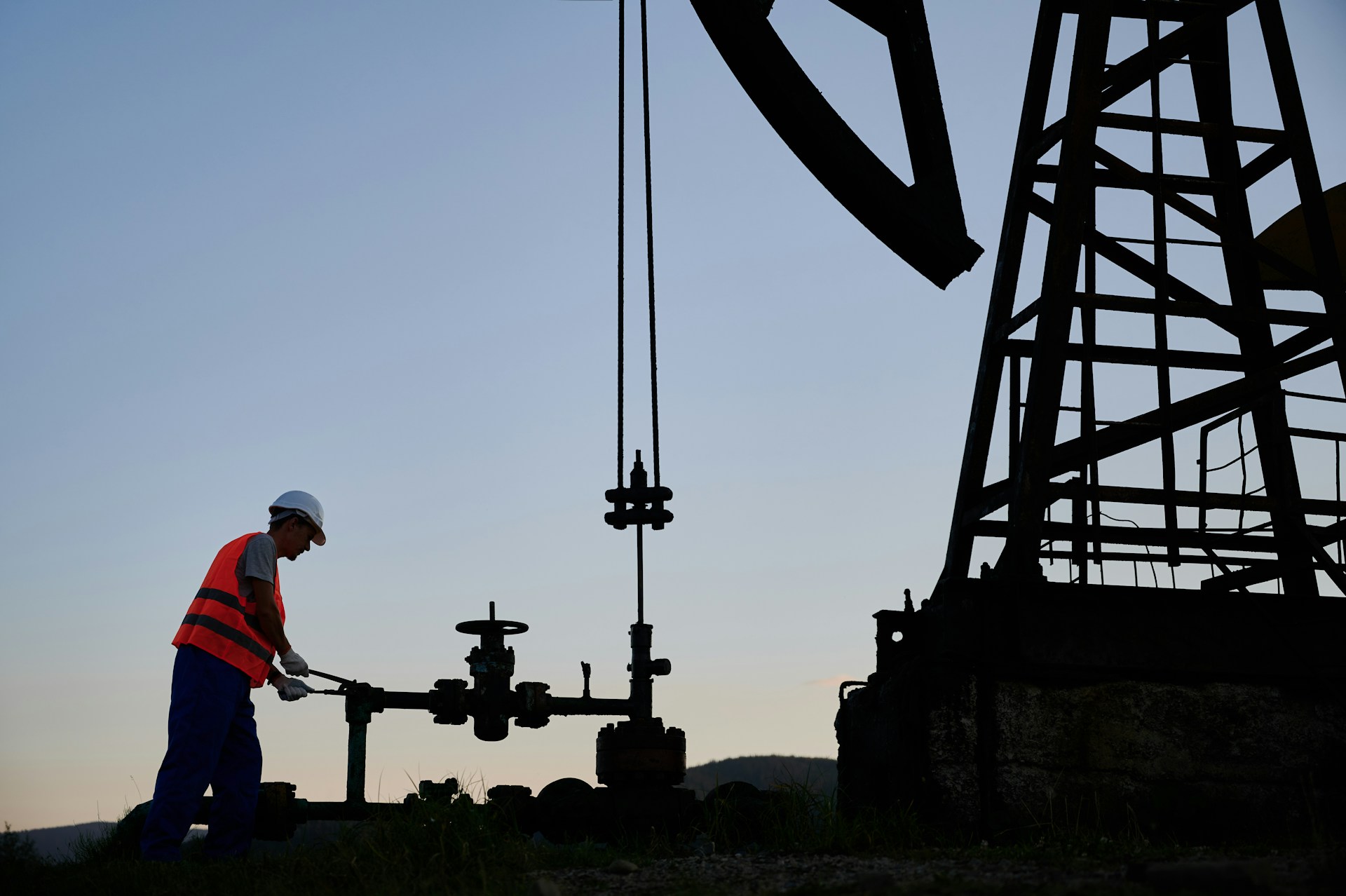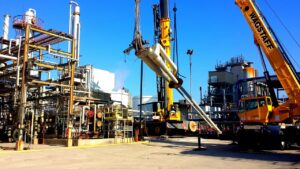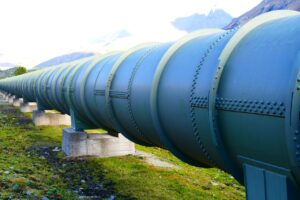Pipeline failures have long been an expensive and environmentally destructive consequence of oil and gas production. As the industry continues to evolve, it has become crucial to invest in cutting-edge solutions that can effectively mitigate the costs of pipeline failures without sacrificing environmental protection. Cloud-based leak detection technology, powered by artificial intelligence and data analytics, is transforming the way producers operate by providing a cost-effective solution to detecting pipeline leaks – delivering true positive alarms and minimizing the need for costly maintenance and repairs.
Join us as we uncover the transformative potential of cloud-based leak detection technology in reducing costs associated with pipeline failures, enhancing pipeline integrity, and promoting environmental sustainability in the oil and gas industry.
1. Understanding the Financial and Environmental Impact of Pipeline Failures
Pipeline failures and leaks can have severe consequences for both the oil and gas producers and the environment. The financial impact of a pipeline failure can be substantial, including:
– Lost product: Leaks and spills result in significant product loss, directly affecting the revenue of oil and gas producers.
– Costly repairs: Repairing damaged pipelines can be expensive, involving labor, equipment, and temporary production shutdowns.
– Fines and penalties: Regulatory bodies can impose hefty fines and legal penalties for leaks that cause environmental harm or are not addressed promptly.
Environmentally, pipeline failures can lead to:
– Soil and water contamination: Leaks can result in the contamination of soil, groundwater, and surface water, harming wildlife habitats and aquatic ecosystems.
– Greenhouse gas emissions: Pipeline leaks, especially those involving natural gas, may release methane, a potent greenhouse gas, and exacerbate climate change.
– Negative public perception: Oil and gas producers may suffer reputational damage when pipeline failures cause significant environmental harm.
2. The Limitations of Conventional Leak Detection Methods
While there is an array of conventional leak detection methods used in the oil and gas industry, many of them have limitations. Some common drawbacks of these traditional systems include:
– Low accuracy: False alarms and missed leaks are prevalent, resulting in unnecessary maintenance costs and undetected damages.
– Inefficient response: Delays in detecting leaks can lead to more significant product losses, increased repair costs, and exacerbated environmental impacts.
– High maintenance: Traditional leak detection systems often require regular maintenance and adjustments to ensure accurate detection.
3. Advantages of Cloud-Based Leak Detection Technology
Cloud-based leak detection technology offers several benefits over traditional methods, helping oil and gas producers reduce costs and minimize environmental impact. These advantages include:
– Improved accuracy: Using artificial intelligence and data analytics, cloud-based systems are designed to provide true positive alarms, reducing false alarms and increasing pipeline safety.
– Rapid response: Advanced leak detection capabilities enable oil and gas producers to promptly address potential issues, limiting product losses, repair costs, and environmental harm.
– Scalability: Cloud-based solutions can easily monitor vast pipeline networks and adapt to changing conditions, providing a flexible and cost-effective approach to leak detection.
– Lower maintenance: With fewer false alarms and increased reliability, cloud-based systems require less maintenance and ongoing costs compared to traditional methods.
4. Harnessing Artificial Intelligence and Advanced Analytics
The success of cloud-based leak detection technology relies on the integration of artificial intelligence (AI) and advanced analytics. Here’s how these components contribute to the system’s effectiveness:
– AI-driven algorithms: Sophisticated algorithms analyze data collected from various sensors, enabling the system to pinpoint leaks and distinguish genuine issues from false alarms.
– Real-time data processing: Cloud-based technology allows for the continuous monitoring of pipelines and real-time evaluation of potential concerns, enabling rapid response to emerging issues.
– Machine learning: Over time, the system learns from historical data and performance metrics, continually refining its predictive abilities and improving leak detection accuracy.
5. Implementing Cloud-Based Leak Detection Technology in Your Operations
For oil and gas producers looking to adopt cloud-based leak detection technology, several steps can ensure successful integration:
– Evaluate existing leak detection methods: Analyze the performance of your current leak detection system, identifying areas in need of improvement and cost-saving potential.
– Partner with experienced providers: Engage with reputable technology companies that specialize in cloud-based leak detection solutions, ensuring access to the latest advancements and industry expertise.
– Develop a comprehensive implementation strategy: Establish a roadmap for technology integration, including training, hardware integration, software customization, and ongoing maintenance.
– Monitor performance and adjust as needed: Regularly evaluate the system’s performance, using data insights to fine-tune algorithms and improve overall accuracy and responsiveness.
Securing a Sustainable and Cost-Effective Future with Cloud-Based Leak Detection Technology
Cloud-based leak detection technology presents a powerful and cost-effective solution to mitigate the financial and environmental repercussions of pipeline failures. By leveraging artificial intelligence and advanced analytics, this cutting-edge technology enables oil and gas producers to enhance pipeline integrity and safety while lowering maintenance costs and minimizing ecological impact.
As the industry transitions to more sustainable practices, the adoption of cloud-based leak detection technology will play an increasingly important role in reducing the risks and costs associated with pipeline failure.
By embracing this innovative solution, oil and gas producers can contribute to global efforts toward environmental stewardship and secure a more sustainable future for their operations. To learn more about how our leak detection technologies can benefit your oil and gas operations, connect with our expert team at Vanmok today.













